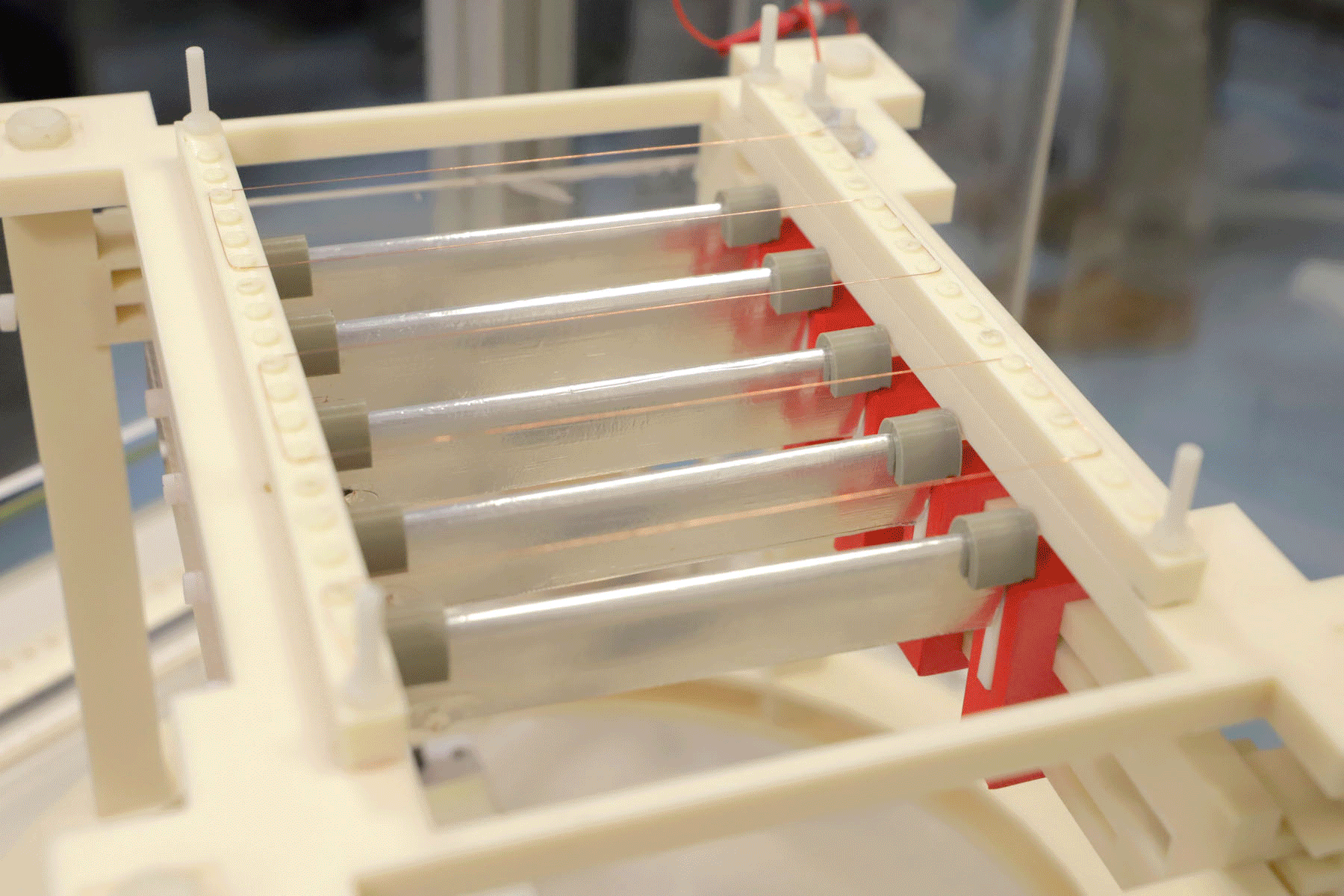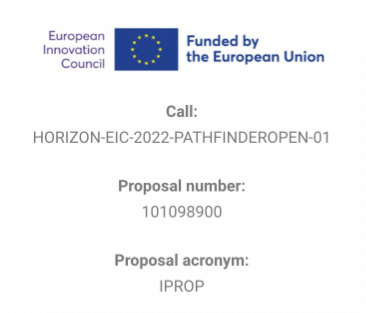Ionic PROPulsion in atmosphere
INNOVATE, PROPEL, SOAR:
ionic air-breathing propulsion exploring new horizons for aerospace

SUMMARY
This project aims to bring ionic air-breathing propulsive systems beyond the pioneering phase, exploring their capabilities and improving their performance. Non-thermal plasma for atmospheric propulsion is a subject of recent investigations: model airplanes and vertical lifters have recently flown with this type of propulsion, but the potential of this technology is much higher. Many open aspects in this field deserve to be investigated, from fundamental research on ion production to geometric optimization of electrodes and integration of propulsion systems in existing aircrafts.

DURATION OF THE PROJECT
48 MONTHS
START OF THE PROJECT
11.01.2023
END OF THE PROJECT
31.10.2027
THE NETWORK OF PARTNERS
- POLIMI, Politecnico di Milano. Milano, Italy.
- UNIBO, Alma Mater Studiorum – Università di Bologna. Bologna, Italy.
- KIT, Karlsruher Institut Fuer Technologie. Karlsruhe, Germany.
- VKI, Von Karman Institute for Fluid Dynamics. Sint-Genesius-Rode, Belgium.
- ISAE Supaero, Insitut Superieur de l’Aeronautique et de l’Espace. Toulouse, France.
- CNRS, Centre National de la Recherce Scientifique CNRS. Paris, France.
- AERONORD, Aeronord di Enzo Cisaro & C. s.a.s. Milano, Italy.
- TUD, Technishe Universitaet Dresden. Dresden, Germany.

